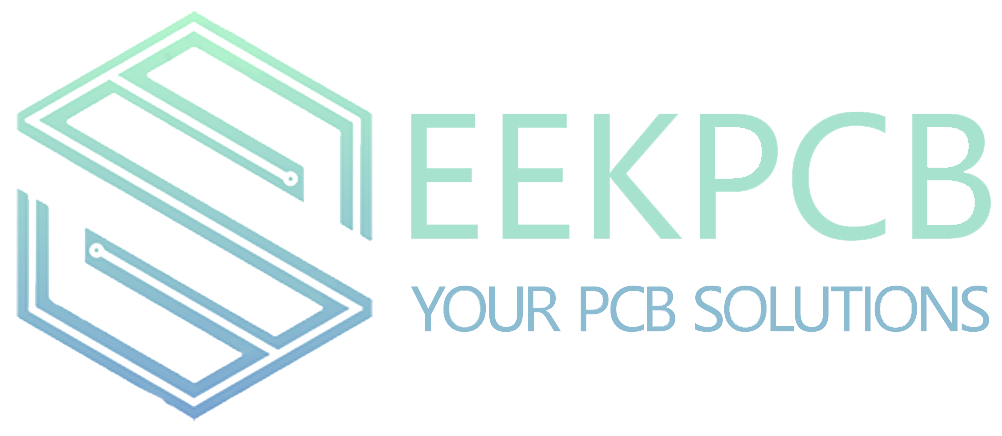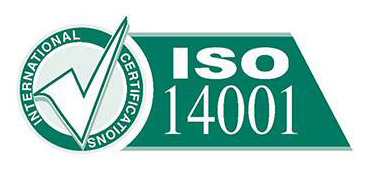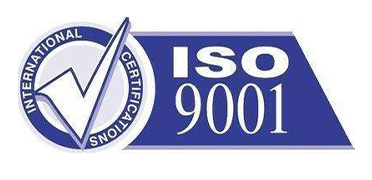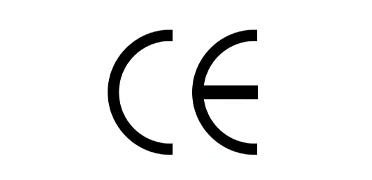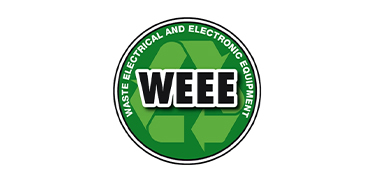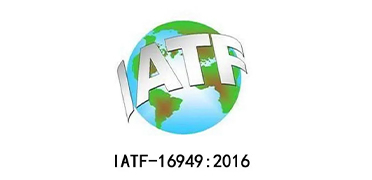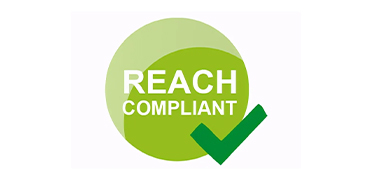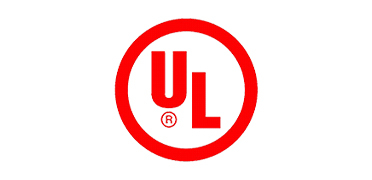multilayer metal core pcb
| Availability: | |||||||||
|---|---|---|---|---|---|---|---|---|---|
| This is a 4 layer Aluminum core PCB, with 2L+ Al +2L,it is a sandwich structure. The total Thickness is 2.2mm with a 1.6mm Aluminum Plate in the middle. | |||||||||
What is multilayer metal core pcb?
Multilayer metal core PCB refers to a special application of PCB in which the metal core is buried in the middle of the multilayer PCB to enhance the heat dissipation effect of the PCB.
Multilayer metal core PCB adopts a sandwich structure, for example, the four-layer metal core pcb is a 2L +thermal expoxy+ Metal plate+thermal expoxy+ 2L structure, while the six-layer metal core pcb is a 2L +thermal expoxy+ Metal plate +thermal expoxy+ 2L structure, and so on.
SEEKPCB's current production record of multilayer metal core PCB is 12 layers, if there is a customer who needs a higher layer of metal core pcb, SEEKPCB is also confident to do it, as long as the finished thickness does not exceed 10mm.
Corresponding to the multilayer metal core pcb is the multilayer metal base pcb, multilayer metal base pcb refers to the metal plate on one side of the PCB, for example, the four-layer metal base pcb is the structure of Metal Core + thermal expoxy+ 4L, and the six-layer metal base pcb is the Metal plate +thermal expoxy+ 6L, and so on.
Why multilayer metal core pcb? What are the pros and cons of multilayer metal core pcb?
When ordinary multilayer PCB faces the problem of heat dissipation, multilayer metal core PCB also came into being, multilayer metal core PCB can not only improve the heat dissipation ability of the device during operation, but also can have strong rigidity, can act as a reliable structural support.
Of course, Multilayer metal core PCB also has disadvantages, its manufacturing cost is relatively high, and its heat dissipation area is not very large, only distributed in the outline section, so the heat dissipation effect is still relatively limited.
Comparatively speaking, Multilayer metal base PCB has a better heat dissipation effect because it sacrifices one side of the wiring space to place the aluminum plate.
So, how do you choose the right Multilayer metal PCB structure for your product?
Multilayer metal core boards VS Multilayer metal base PCBs , how to choose?
If the circuit design of the product is more precise, then choose Multilayer metal core boards, so as to ensure that each layer can be wire routed.
If you have high requirements for heat dissipation and can only put components on one side of the PCB, then choose Multilayer metal base PCB, so that you can have the heat dissipation through the whole surface.
If you have a higher requirement for flatness, Multilayer metal core boards will be better, because it uses a sandwich structure, which can achieve a better balance, while Multilayer metal base PCB is relatively easy to bend.
What are the differences between multilayer metal core PCB and regular multilayer PCB?
1. Regular multilayer pcb has low mechanical strength and is susceptible to factors such as temperature and humidity, resulting in its reduced reliability in high temperature and humid environments, while multilayer metal core PCB has higher mechanical strength, and electronic products have higher heat dissipation and electromagnetic shielding when working
2. Regular multilayer pcb has obvious advantages in terms of manufacturing process and design flexibility, because its substrate is an insulating material, the production cost is low, and the printed circuit board with various layers can be designed according to the demand, the production cost of Multilayer metal core PCB is higher, the insulation performance of the metal substrate is very poor, and the design also has certain limitations.
3. The base material of Regular multilayer PCB is an insulating material, which has low thermal conductivity and weak heat conduction and heat dissipation ability, and the material of Multilayer metal core PCB is thermally conductive resin + metal plate, so it has better heat dissipation ability.
It can be seen that Multilayer metal core PCB is beyond the reach of Regular multilayer PCB in products with high heat dissipation requirements, but for some conventional products, the cost advantage of Regular multilayer PCB is very large.
How multilayer metal core printed circuit board is made?
Because the metal plate is electrically conductive, when the metal plate is in the middle of the stack, we have to find a way to isolate it from the via, otherwise, all the circuits will be short-circuited to the metal plate.
So, how do you achieve this isolation? We usually drill holes larger than VIA in the metal plate, fill the holes with resin, and when we drill small holes in the back, this position is insulated from the metal plate.
For the rest of the process, we will take a four-layer Multilayer metal core PCB as an example, we will first make two double-sided PCBs with one side of the circuit and the other side of the copper foil, and then press the two double-sided PCBs together with the metal plate with thermally conductive resin, note that the metal plate is in the middle of this stack.
After the pressing, the hole will be drilled again, the position of the hole is the same as the position of the previous hole, but the drill cutter will be smaller than the previous drill cutter, and after the drilling is completed, the metallization of the hole, and then the circuit drawing, solder mask, character silk screen, surface treatment, CNC appearance, and finally the test and inspection.
The rest of the process doesn't look familiar, yes, the production process after the lamination is completed is the same as that of a normal PCB.
Do you think this kind of metal core boards are very interesting, SEEKPCB is a metal core pcb manufacturer with a wealth of metal clad pcb solutions, which can meet the requirements of different products for metal clad pcb, if you have any questions about metal clad pcb, please contact us, we provide free PCB consulting services.
What is multilayer metal core pcb?
Multilayer metal core PCB refers to a special application of PCB in which the metal core is buried in the middle of the multilayer PCB to enhance the heat dissipation effect of the PCB.
Multilayer metal core PCB adopts a sandwich structure, for example, the four-layer metal core pcb is a 2L +thermal expoxy+ Metal plate+thermal expoxy+ 2L structure, while the six-layer metal core pcb is a 2L +thermal expoxy+ Metal plate +thermal expoxy+ 2L structure, and so on.
SEEKPCB's current production record of multilayer metal core PCB is 12 layers, if there is a customer who needs a higher layer of metal core pcb, SEEKPCB is also confident to do it, as long as the finished thickness does not exceed 10mm.
Corresponding to the multilayer metal core pcb is the multilayer metal base pcb, multilayer metal base pcb refers to the metal plate on one side of the PCB, for example, the four-layer metal base pcb is the structure of Metal Core + thermal expoxy+ 4L, and the six-layer metal base pcb is the Metal plate +thermal expoxy+ 6L, and so on.
Why multilayer metal core pcb? What are the pros and cons of multilayer metal core pcb?
When ordinary multilayer PCB faces the problem of heat dissipation, multilayer metal core PCB also came into being, multilayer metal core PCB can not only improve the heat dissipation ability of the device during operation, but also can have strong rigidity, can act as a reliable structural support.
Of course, Multilayer metal core PCB also has disadvantages, its manufacturing cost is relatively high, and its heat dissipation area is not very large, only distributed in the outline section, so the heat dissipation effect is still relatively limited.
Comparatively speaking, Multilayer metal base PCB has a better heat dissipation effect because it sacrifices one side of the wiring space to place the aluminum plate.
So, how do you choose the right Multilayer metal PCB structure for your product?
Multilayer metal core boards VS Multilayer metal base PCBs , how to choose?
If the circuit design of the product is more precise, then choose Multilayer metal core boards, so as to ensure that each layer can be wire routed.
If you have high requirements for heat dissipation and can only put components on one side of the PCB, then choose Multilayer metal base PCB, so that you can have the heat dissipation through the whole surface.
If you have a higher requirement for flatness, Multilayer metal core boards will be better, because it uses a sandwich structure, which can achieve a better balance, while Multilayer metal base PCB is relatively easy to bend.
What are the differences between multilayer metal core PCB and regular multilayer PCB?
1. Regular multilayer pcb has low mechanical strength and is susceptible to factors such as temperature and humidity, resulting in its reduced reliability in high temperature and humid environments, while multilayer metal core PCB has higher mechanical strength, and electronic products have higher heat dissipation and electromagnetic shielding when working
2. Regular multilayer pcb has obvious advantages in terms of manufacturing process and design flexibility, because its substrate is an insulating material, the production cost is low, and the printed circuit board with various layers can be designed according to the demand, the production cost of Multilayer metal core PCB is higher, the insulation performance of the metal substrate is very poor, and the design also has certain limitations.
3. The base material of Regular multilayer PCB is an insulating material, which has low thermal conductivity and weak heat conduction and heat dissipation ability, and the material of Multilayer metal core PCB is thermally conductive resin + metal plate, so it has better heat dissipation ability.
It can be seen that Multilayer metal core PCB is beyond the reach of Regular multilayer PCB in products with high heat dissipation requirements, but for some conventional products, the cost advantage of Regular multilayer PCB is very large.
How multilayer metal core printed circuit board is made?
Because the metal plate is electrically conductive, when the metal plate is in the middle of the stack, we have to find a way to isolate it from the via, otherwise, all the circuits will be short-circuited to the metal plate.
So, how do you achieve this isolation? We usually drill holes larger than VIA in the metal plate, fill the holes with resin, and when we drill small holes in the back, this position is insulated from the metal plate.
For the rest of the process, we will take a four-layer Multilayer metal core PCB as an example, we will first make two double-sided PCBs with one side of the circuit and the other side of the copper foil, and then press the two double-sided PCBs together with the metal plate with thermally conductive resin, note that the metal plate is in the middle of this stack.
After the pressing, the hole will be drilled again, the position of the hole is the same as the position of the previous hole, but the drill cutter will be smaller than the previous drill cutter, and after the drilling is completed, the metallization of the hole, and then the circuit drawing, solder mask, character silk screen, surface treatment, CNC appearance, and finally the test and inspection.
The rest of the process doesn't look familiar, yes, the production process after the lamination is completed is the same as that of a normal PCB.
Do you think this kind of metal core boards are very interesting, SEEKPCB is a metal core pcb manufacturer with a wealth of metal clad pcb solutions, which can meet the requirements of different products for metal clad pcb, if you have any questions about metal clad pcb, please contact us, we provide free PCB consulting services.
Product Category
+86-18925293263
